In the constantly evolving arena of cosmetic dermatology, a myriad of treatments are available for those seeking to rejuvenate their skin and enhance its natural beauty. Profhilo, skin boosters, and polynucleotides are amongst the most popular choices for individuals aiming to combat ageing signs, improve skin hydration, and achieve a youthful appearance. This article explores each treatment, comparing their applications, benefits, and mechanisms in skin rejuvenation.
Profhilo: The Bioremodelling Innovator
Profhilo is a distinctive skin remodelling treatment, notable for its high concentration of hyaluronic acid. Unlike traditional fillers, Profhilo doesn’t merely fill wrinkles; it stimulates collagen and elastin production, enhancing skin tone, texture, and elasticity. It hydrates the skin from within, resulting in a natural, youthful radiance.
The treatment involves injecting hyaluronic acid at five specific points on each side of the face, utilising the BAP (Bio Aesthetic Points) technique for optimal product distribution and absorption. Profhilo is particularly effective in treating skin laxity and signs of ageing in the face, neck, hands, and décolletage.
Skin Boosters: Hydration Powerhouses
Skin boosters involve micro-injections of hyaluronic acid directly into the skin’s dermal layer. They aim to enhance skin quality by increasing hydration, which in turn helps smooth fine lines, improve elasticity, and impart a radiant, dewy look. Unlike Profhilo, skin boosters can be more tailored to treat specific areas with precise amounts, allowing for targeted improvement.
These boosters are versatile, suitable for the face, neck, hands, and décolletage, and beneficial for all skin types. They are particularly advantageous for individuals with dry, dull, or ageing skin seeking enhanced hydration and overall skin quality.
Polynucleotides: The DNA-Based Rejuvenators
Polynucleotides (PN) represent a newer class of skin rejuvenation treatments that utilise nucleic acids to repair and rejuvenate the skin. Derived from DNA or RNA, these molecules stimulate cellular growth and healing, improve skin elasticity, and promote collagen and elastin production.
PN treatments can improve skin texture, reduce fine lines and wrinkles, and enhance skin hydration and firmness. They also possess anti-inflammatory and wound-healing properties, making them an excellent choice for healing damaged skin or reducing scar appearance.
Comparison and Conclusion
While Profhilo, skin boosters, and polynucleotides all aim to improve skin appearance, they do so via different mechanisms and formulations. Profhilo offers a bioremodelling approach with high hyaluronic acid concentration, skin boosters provide deep hydration and targeted treatment, and polynucleotides focus on cellular repair and anti-ageing benefits.
The choice between these treatments depends on the individual’s skin condition, desired outcomes, and preference for rejuvenation type. Profhilo is ideal for overall skin quality and elasticity improvement. In contrast, skin boosters are best for targeting hydration and fine lines, and polynucleotides suit those seeking cellular-level repair and anti-ageing benefits.
A consultation with a dermatologist or cosmetic practitioner is vital to determine the most appropriate treatment for your skin needs. As cosmetic dermatology advances, these treatments offer promising options for individuals aiming to achieve healthier, more youthful-looking skin.



















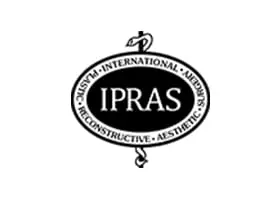

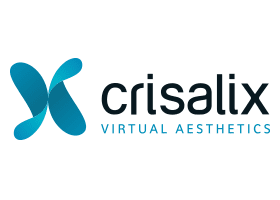





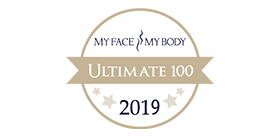


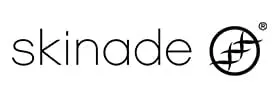
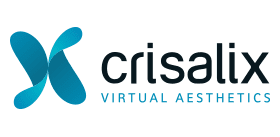





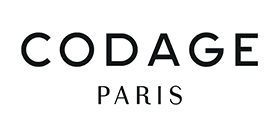


25th March 2025
Minimally Invasive Breast Surgery at Mr Banwell
Read More
24th March 2025
Revolutionary Ultrasound Breast Implant Check Now Available
Read More
18th March 2025
Body Contouring Surgery After Significant Weight Loss
Read More